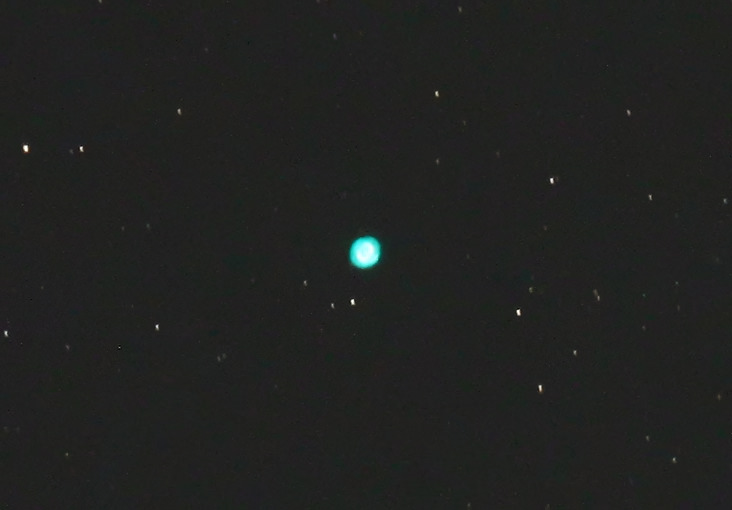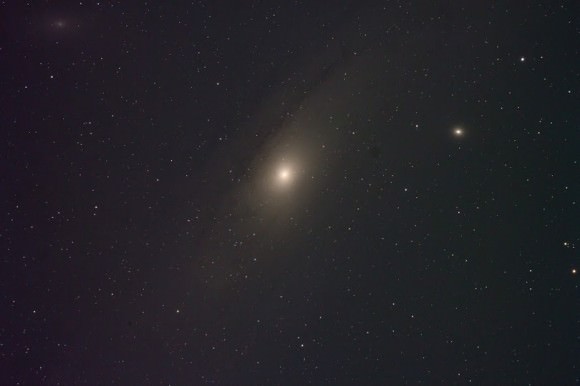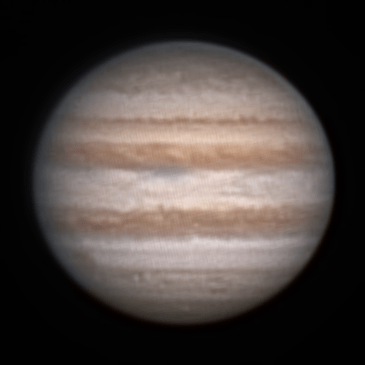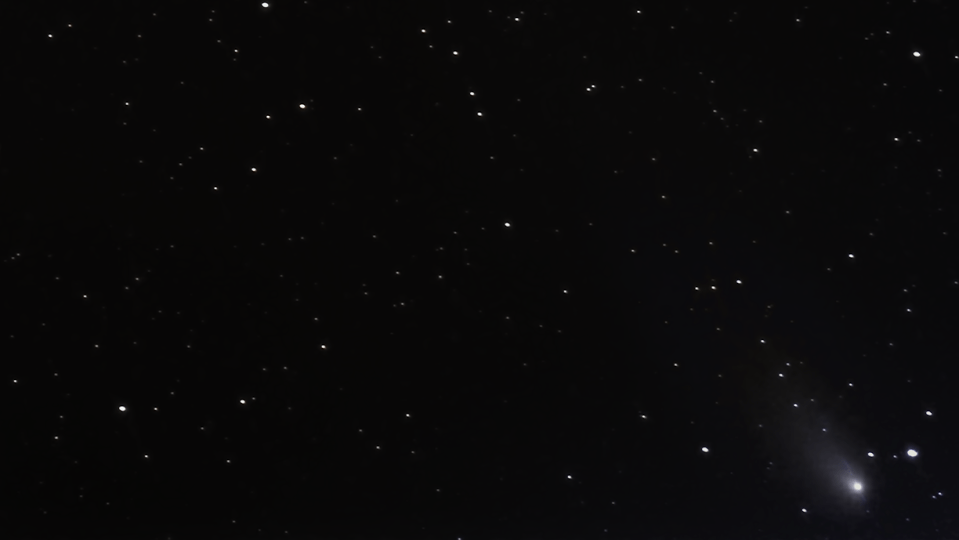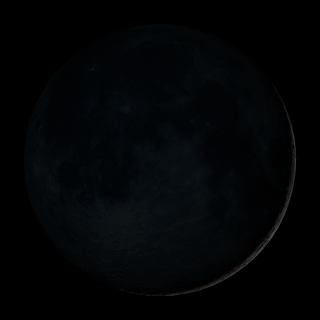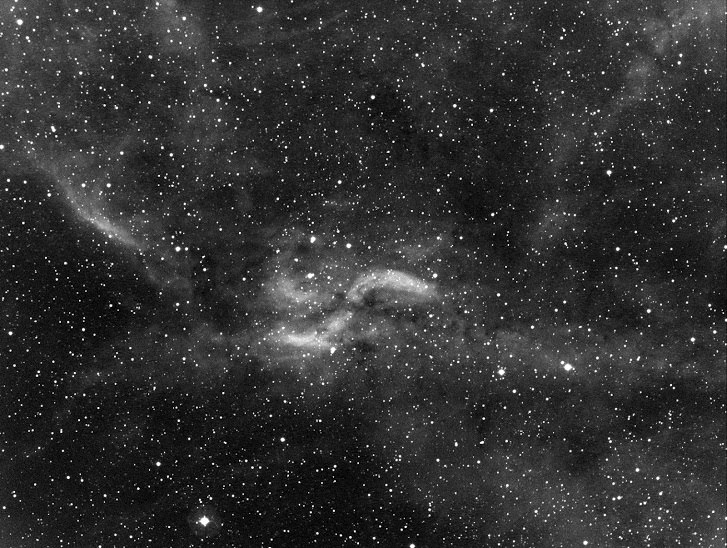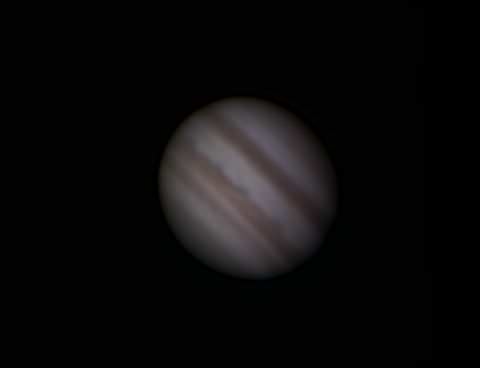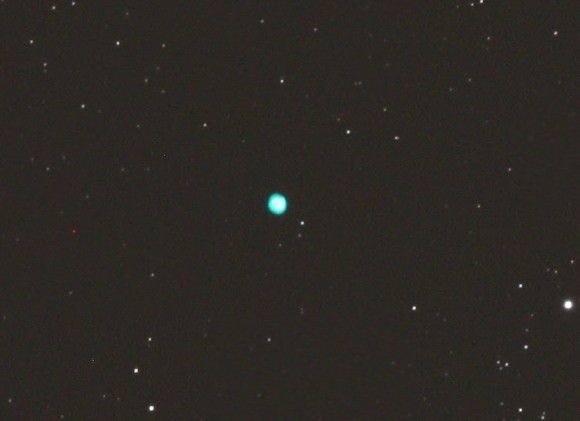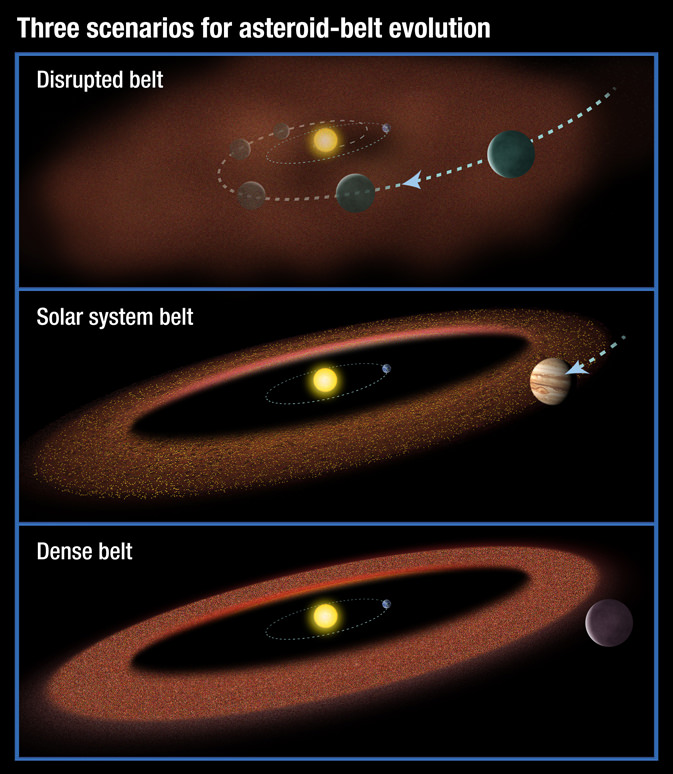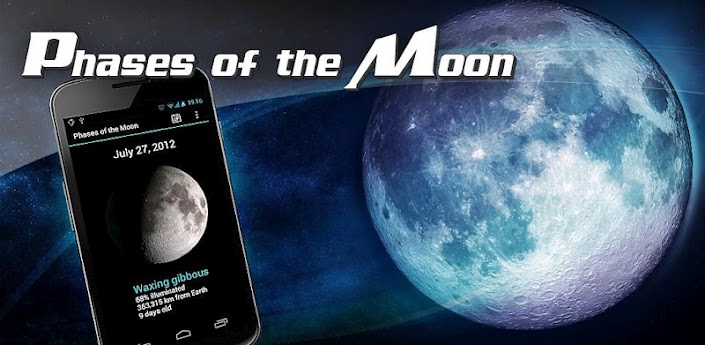The Virtual Star Party is one year old. Well, not the Virtual Star Party itself, but our efforts to broadcast a live view from telescopes into a Google+ hangout. Thanks to everyone who has supported us and watched our efforts evolve from those first tentative steps to our comprehensive coverage now.
Astronomers: Mike Phillips, Stuart Forman and Mark Behrendt
Commentary: Dr. Phil Plait and Ray Sanders.
Host: Fraser Cain.
Here are some pictures from the event:
Blue Snowball Nebula by Stuart Forman
M33 Andromeda Nebula by Stuart Forman
Jupiter by Mike Phillips
We run the Virtual Star Party every Sunday night as a live Google+ Hangout. Want to find when it’s happening next? Just circle the Virtual Star Party page on Google+. Visit the Universe Today YouTube channel to see an archive of all our past events.

